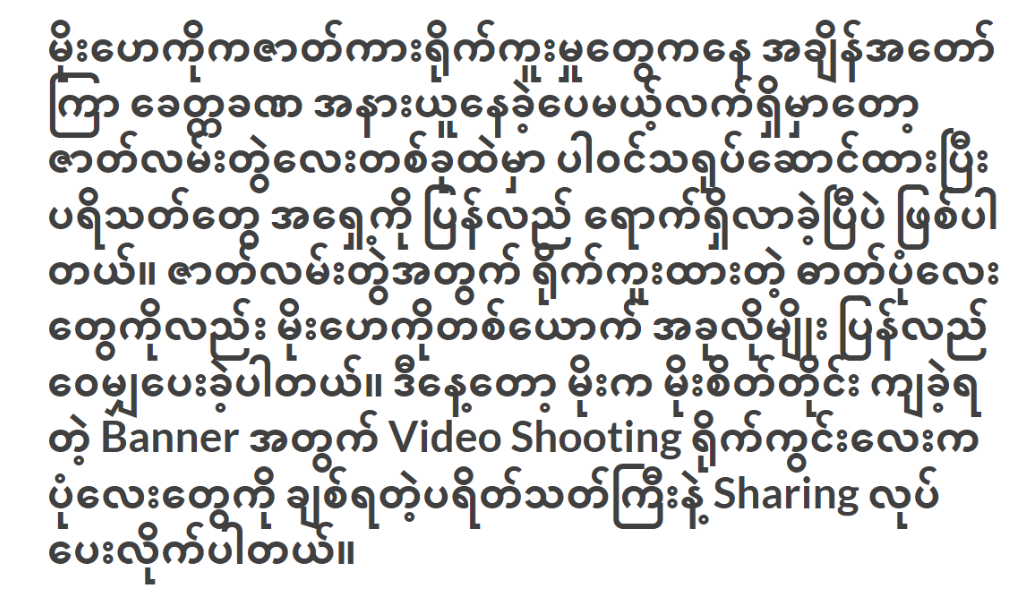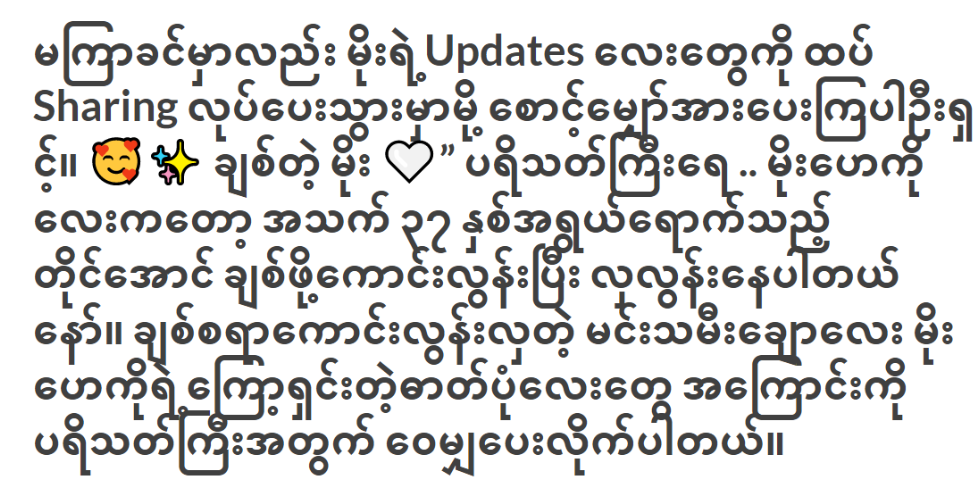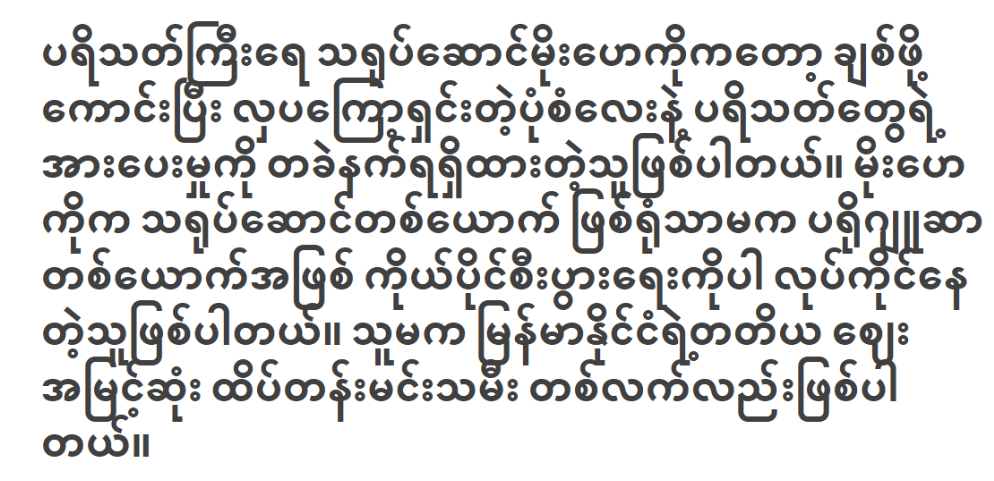








“The research interest in remote control has been further signified in the past 2 years as the coronavirus disease 2019 (COVID-19) pandemic restricted people’s movement,” said Dr. Weiwei Wan, who is an associate professor in the Graduate School of Engineering at Osaka University, and a co-author on the study. “A series of robots were developed and remotely deployed at the Wuhan hospitals to assist doctors and patients.”Previous studies regarding remotely controlled robots only possessed one mobile base with one or two robotic arms mounted to the base, but this new study features two independent mobile bases. Each base mounted to its own manipulator and each only requires one hand to control it. The operation of the assembly mimics human hand movements in that both manipulators work cooperatively.“The proposed idea of incorporating two independently movable manipulators for motion-tracking-based teleoperation is intriguing. However, there are some inherent issues to be addressed,” said Dr. Wan, “First of all, how to map the postures of the human teleoperator’s two arms to the corresponding manipulator’s poses. In addition, how to avoid it when under some circumstances, the manipulator may collide with itself. Moreover, how to remotely monitor the two manipulators with the large operating range.”






